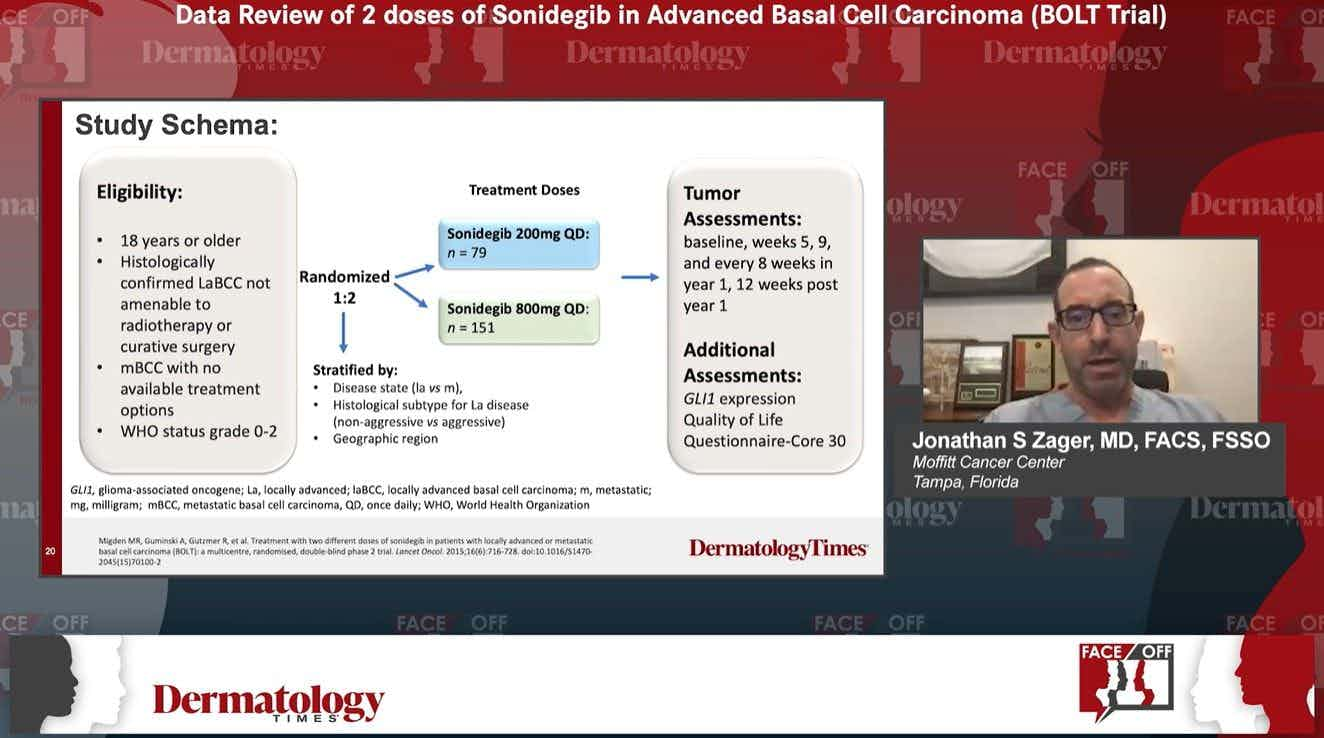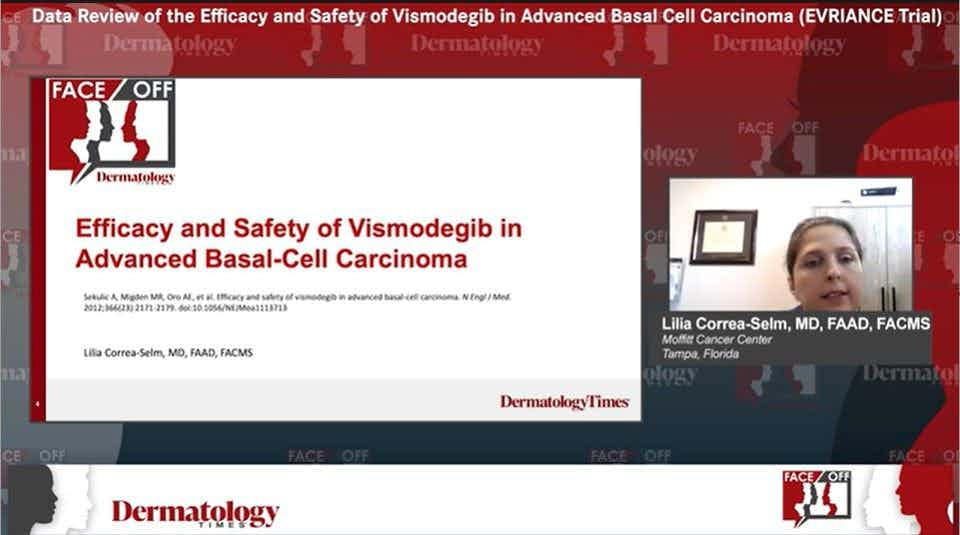- Acne
- Actinic Keratosis
- Aesthetics
- Alopecia
- Atopic Dermatitis
- Buy-and-Bill
- COVID-19
- Case-Based Roundtable
- Chronic Hand Eczema
- Chronic Spontaneous Urticaria
- Drug Watch
- Eczema
- General Dermatology
- Hidradenitis Suppurativa
- Melasma
- NP and PA
- Pediatric Dermatology
- Pigmentary Disorders
- Practice Management
- Precision Medicine and Biologics
- Prurigo Nodularis
- Psoriasis
- Psoriatic Arthritis
- Rare Disease
- Rosacea
- Skin Cancer
- Vitiligo
- Wound Care
Article
Study: Dark Leafy Green Vegetable Intake and Reduced SCC Risk
Author(s):
Do dark leafy green vegetables have a protective effect against cutaneous squamous cell carcinoma? This study aims to find out.
Researchers from Dermatology Journal are looking for further evidence on whether eating dark green leafy vegetables decreases the risk of cutaneous squamous cell carcinoma (SCC), as they contain folate as a main component among other nutrients. They propose that the protective effect on SCC from past studies, may be greater in those with specific genotypes related to folate metabolism.
Genotyping of methylenetetrahydrofolate reductase (MTHFR) gene variants rs1801133 (C677T) and rs1801131 (A1298C) was carried out in 1,128 patients participating inan Australian community-based longitudinal study of skin cancer, the article explained. The participant’s diets were assessed through repeated Food Frequency Questionnaires (1992-1996), and all skin cancer incidents were recorded from 1992-2007 and histologically confirmed. The researchers evaluated the associations between intake of dark green leafy vegetables and SCC development in strata defined by genotype. They did this by calculating relative risks (RRs) with 95% confidence intervals (CIs) using generalized linear models with negative binomial distribution and person-years of follow-up as an offset.
It was found that a high vs low intake of dark green leafy vegetables was associated with a lower risk of SCC tumors in carriers of the C677T variant allele (RR = .42, 95% CI = .23-.75), and within wild-type A1298C homozygotes (RR = .43, 95% CI = .22-.85).
The risk ofcutaneousSCC being decreased by dark green leafy vegetables may be genotype dependent, according to study investigators.
“Folate metabolism-related gene polymorphisms should be considered when assessing the relation of green leafy vegetables to cancer risk,” they concluded.
Reference:
1. Hughes MCB, Antonsson A, Rodriguez-Acevedo AJ, Liyanage UE, Green AC, van der Pols JC. Dark green leafy vegetable intake, mthfr genotype, and risk of cutaneous squamous cell carcinoma. Dermatology. Published online January 27, 2022:1-5. doi:10.1159/000520941
Newsletter
Like what you’re reading? Subscribe to Dermatology Times for weekly updates on therapies, innovations, and real-world practice tips.















